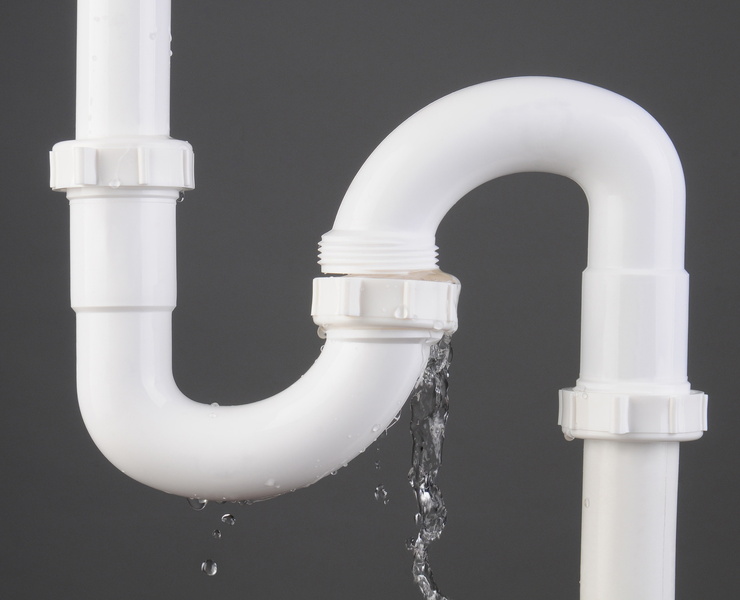Almost everyone seems to have his or her own thinking with regards to Finding hidden leaks.

Early detection of leaking water lines can minimize a prospective catastrophe. Some tiny water leaks might not be visible.
1. Check Out the Water Meter
Every house has a water meter. Examining it is a guaranteed manner in which aids you find leakages. For beginners, turn off all the water sources. Guarantee nobody will certainly flush, make use of the tap, shower, run the cleaning equipment or dishwashing machine. From there, most likely to the meter and watch if it will change. Considering that no one is utilizing it, there should be no activities. If it relocates, that suggests a fast-moving leakage. Likewise, if you identify no changes, wait a hr or more and also examine back once more. This means you might have a slow leakage that might even be below ground.
2. Inspect Water Intake
Examine your water expenses and track your water intake. As the one paying it, you ought to notice if there are any kind of inconsistencies. If you spot sudden changes, despite your intake being the same, it means that you have leaks in your plumbing system. Keep in mind, your water expense must drop under the exact same array every month. A sudden spike in your bill shows a fast-moving leakage.
On the other hand, a consistent boost each month, despite the same behaviors, shows you have a slow leak that's also gradually intensifying. Call a plumber to thoroughly examine your residential or commercial property, especially if you really feel a cozy area on your floor with piping underneath.
3. Do a Food Coloring Examination
When it comes to water consumption, 30% comes from commodes. If the color in some way infiltrates your bowl during that time without flushing, there's a leakage between the storage tank and dish.
4. Asses Exterior Lines
Don't neglect to inspect your exterior water lines as well. Must water leak out of the link, you have a loose rubber gasket. One little leak can waste lots of water as well as spike your water expense.
5. Examine the situation and also evaluate
Property owners should make it a practice to examine under the sink counters and even inside cupboards for any kind of bad odor or mold and mildew growth. These 2 warnings indicate a leakage so timely interest is required. Doing routine evaluations, even bi-annually, can conserve you from a significant trouble.
Examine for stainings as well as weakening as a lot of pipelines and home appliances have a life expectancy. If you believe dripping water lines in your plumbing system, don't wait for it to escalate.
Early detection of dripping water lines can reduce a potential calamity. Some little water leaks may not be noticeable. Inspecting it is a surefire means that helps you discover leaks. One small leak can squander tons of water as well as surge your water bill.
If you think dripping water lines in your plumbing system, do not wait for it to escalate.
Tips for Detecting Hidden Plumbing Leaks
Check for Signs of Water Damage
We recommend that you check the following places for evidence of water damage:
Near where you store your water heater
Around your sump pump
In areas where pipes are visible
Underneath cabinetry or a vanity beneath a sink
Where your outside hose bib isIf water damage is present, you may also notice mold and/or mildew or smell a foul or musky odor. You might also be able to hear the sound of water running where it shouldn’t be.
Perform a Water Meter Test
One of the easiest ways to determine whether you have a hidden leak on your property is to test your water meter. Turn off all appliances in that use water and make sure you don’t have any faucets running. Locate your water meter and record the reading on it. Continue to leave everything off for a minimum of two hours and then go back and see the meter reading. If it’s a noticeable difference, chances are you have a hidden plumbing leak.
Monitor Your Outside Usage
As the seasons change, you might use more water to keep your yard lush and green and your flowers blooming. However, it’s important to routinely ensure that your sprinkler or irrigation system is working properly and that any outside faucets are completely off. This way you’re not wasting any water.
Do the Toilet Food Coloring Test
Are you kept up at night because your toilet continues to run? If you’ve noticed your toilet randomly refills, especially when it’s not in use, it could mean you have a defective flapper tank and water will leak into the bowl. Fortunately, there’s an easy (and kind of fun!) way to test whether you’re dealing with this issue. Grab some food coloring and add a few drops into your toilet’s tank. Wait 15 minutes and then check to see whether the water in the bowl is colored. If it is, you have a leak within your toilet and the internal assembly will need to be repaired or replaced.
https://www.carterservices.com/blog/2020/february/tips-for-detecting-hidden-plumbing-leaks/

As an enthusiastic reader on Finding hidden leaks, I figured sharing that piece of content was a good thing. Those who enjoyed our blog post if you please do not forget to pass it around. Thank you so much for going through it.
Professional touch for plumbing woes.